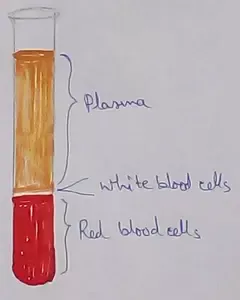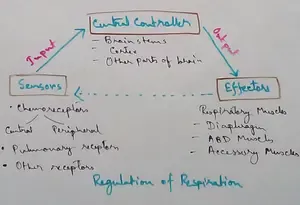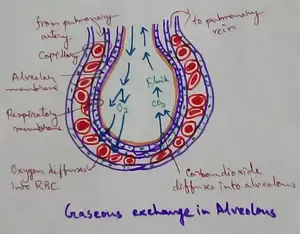Subordinating Conjunctions
Conjunctions primarily help in connecting or joining words, phrases, clauses or sentences. There are primarily two kinds of Conjunctions:
1. Co-ordinating Conjunctions
2. Subordinating Conjunctions
Subordinating Conjunctions are so called because they help join a Subordinate Clause to the Main clause.
· They are an integral component of a Complex sentence and such conjunctions are usually found at the beginning of the Subordinate Clause.
· The basic underlying difference between the Co-ordinating and Sub-coordinating Conjunctions are that while the former helps joins two syntactically equal words, clauses or phrases , Sub-coordinating Conjunction helps connect two unequal in stature parts of sentence , wherein one is independent while the other is dependent.
· Dependent Clauses are so called because they cannot exist as an independent clause and are dependent for their meaning on the Principal Clause.
Examples:
· We looked at the factory dump yard, where the alleged killer often performed the heinous acts.
· I will eat my dinner after I come back from the movies.
The list of Subordinating Conjunction is exhaustive:
After, Although, As, As soon as, Because, Before, By the time, Even if, Even though, Every time, If, In case, Now that, Once, Since, So that, Than, The first time. Unless, Until, When, Whenever, Whether or not, While, Why, Where, In order that, provided that, Rather than, etc.
There is only one important rule to remember about using Subordinate Conjunctions. Subordinate Conjunction performs dual function within a sentence.
1. It helps form Complex sentences by indicating the importance of Independent Clause.
2. It provides the co-relation between two ideas within the same sentence. Such a co-relation may provide illuminate the place, time or cause and effect relationship.
Functions of Subordinating Conjunctions:
1. Helps join Subordinate Clause to the Main Clause:
Example:
You need to finish your vegetables if you want to have your dessert.
2. Helps form complex sentences by providing time, place, reason, condition, concession or a comparison to the Main Clause.
Example:
While you may enjoy watching T.V, they are affecting your eyesight.
3. Subordinating Conjunctions helps uphold the importance of the Primary Clause by throwing more emphasis on it.
Example:
Although I am taking one week leave, I will finish all my work before the deadline.
Rules for Using Subordinate Clauses:
1. If the Subordinate Clause appears at the beginning, it must be followed by a comma before the main Clause is attached to act as a balance between the two.
Example: Even though I like to travel, I do not always find the time to do so.
2. If the Subordinate Clause comes second in the order of sentence, no additional punctuation is needed to make sense.
Example: I like to unwind myself while drinking a glass of wine.
Thus, we find that Subordinating Conjunctions are Conjunction used at the beginning of a Dependent Clause to combine them with Independent Clause toform Complex Sentences.
Example:
· Although we all love making merry at the prime of our lives, it is important to introspect and realise our goals without wasting away those years.
English Grammar and Composition
From Subordinating Conjunctions to HOME PAGE
Recent Articles
-
What Is Plasma? | Blood Plasma | Proteins | Nutrients | Cholesterol
Nov 07, 25 10:29 AM
Blood is a mobile fluid which is a connective tissue and is derived from the mesoderm like cell any other connective tissue. Colour of blood is reddish and that flows inside the blood vessels by means… -
Disorders of Respiratory System | Tuberculosis | Pleurisy | Emphysema
Oct 28, 25 11:39 PM
Tuberculosis is very common disease and is caused by a type of bacteria called Mycobacterium tuberculosis. This disease causes different trouble in the respiration and infection of several parts of th… -
Regulation of Respiration | Respiratory Centres | Inspiratory Area |
Oct 14, 25 12:13 AM
Respiratory Centre is the area that controls the rate of respiration and it is observed to be located in medulla oblongata and pons. Respiratory Centre has the following will dispersed components like… -
Explain Transport of Gases | External Respiration | Tissue Respiration
Oct 09, 25 11:35 PM
In humans gaseous exchange is completed in the following ways the steps are - External Respiration or Breathing - Breathing in false taking in of Oxygen and giving out of carbon dioxide in the body. M… -
Kind and Number of Teeth | Location of Teeth in Mouth | Care of Teeth
Sep 11, 25 12:52 AM
Kind and Number of Teeth





New! Comments
Have your say about what you just read! Leave me a comment in the box below.